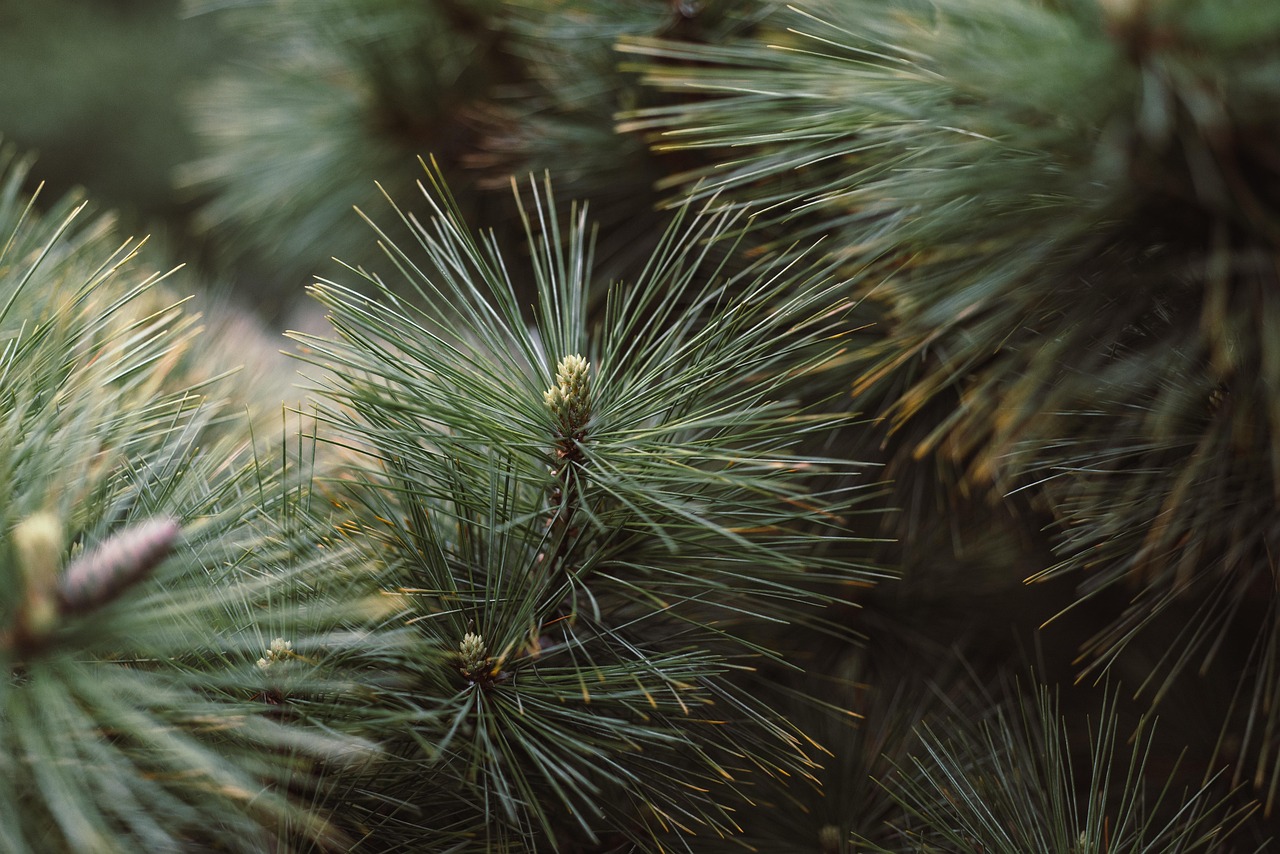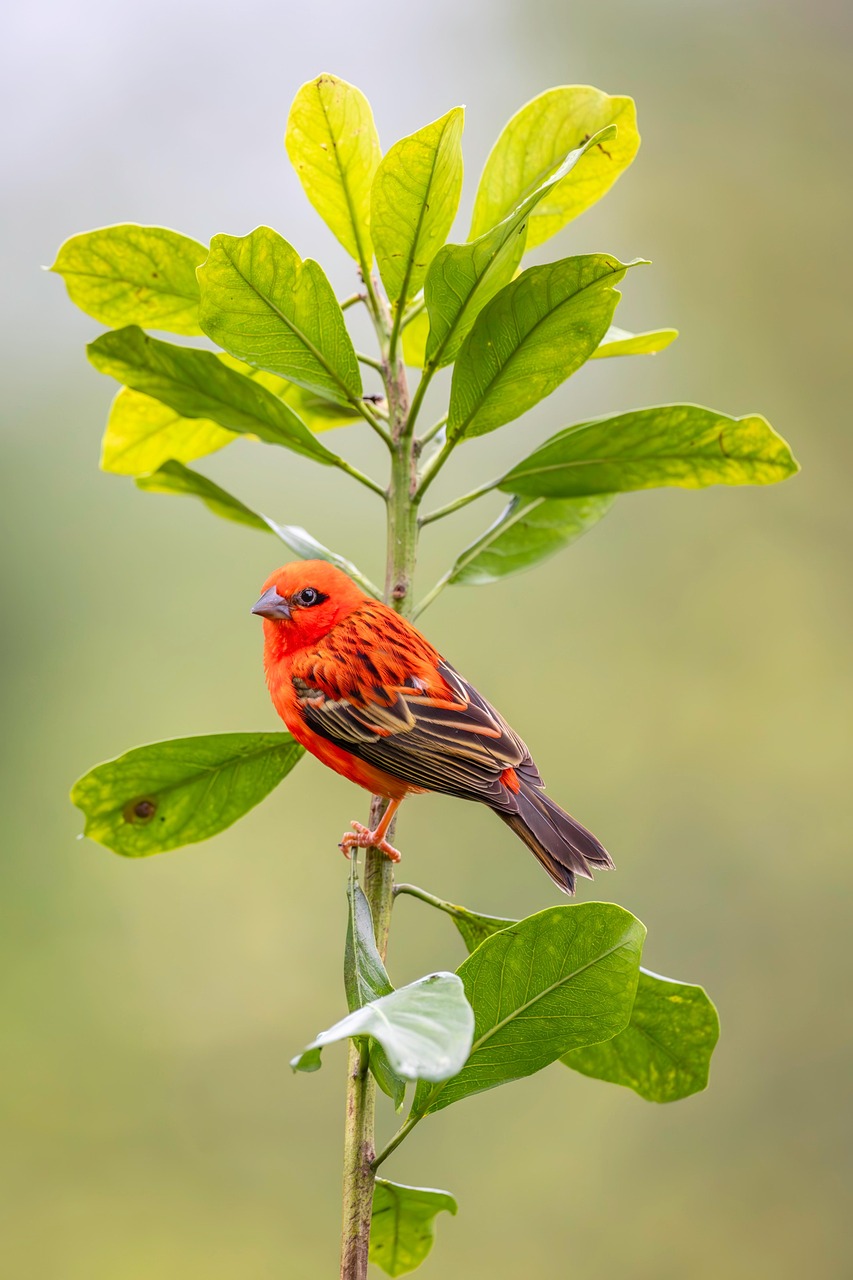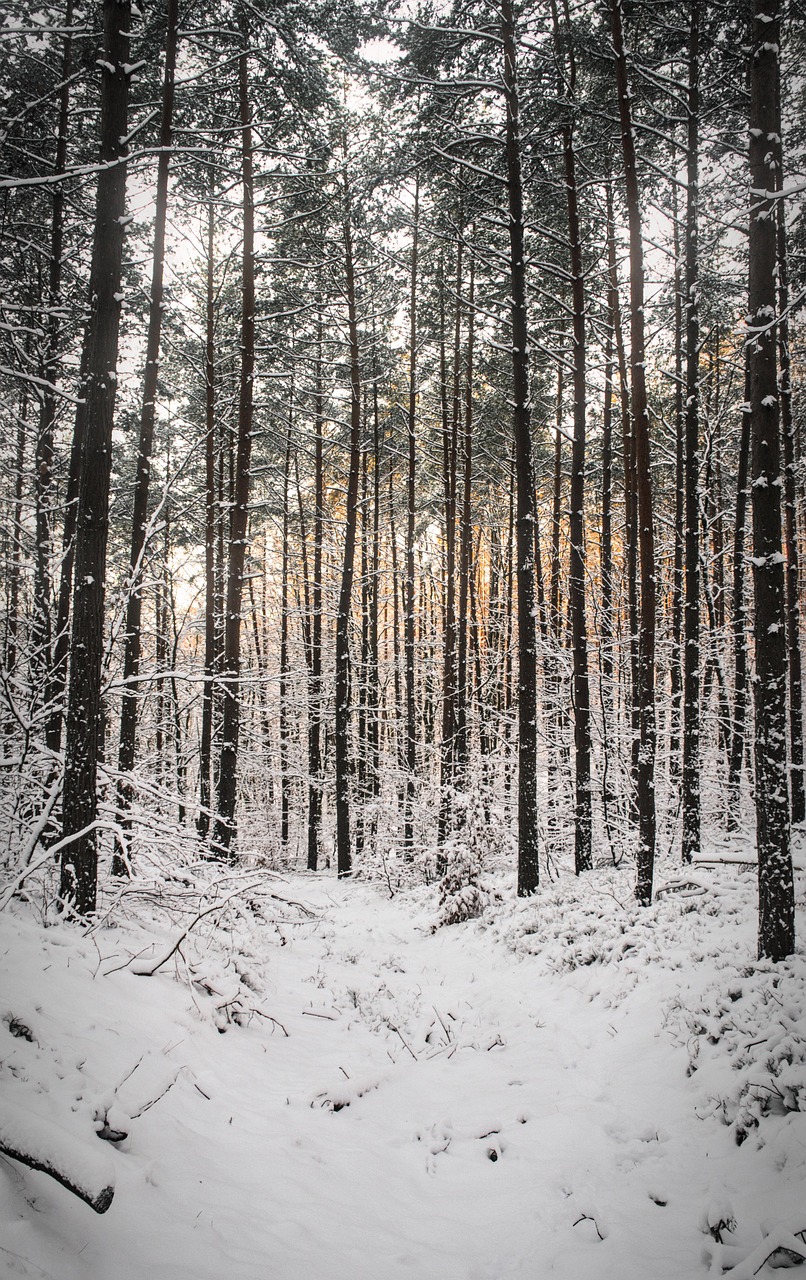Narrow evergreen trees provide a stunning vertical style for tight spaces in gardens, yards, and urban landscapes. Their ability to grow tall while taking up minimal ground space makes them ideal for properties where every square foot counts. These trees not only add beauty and structure to landscapes but also offer functional benefits such as privacy, windbreaks, and noise reduction.
The popularity of narrow evergreens has surged as more homeowners look for solutions to maximize their outdoor spaces. Whether you live in a compact city lot or a suburban home with limited room for planting, these trees can create a striking vertical element that enhances the overall aesthetic of your property.

One of the reasons narrow evergreen trees are favored is their year-round foliage. Unlike deciduous trees that lose their leaves in the fall, evergreens maintain their greenery throughout the seasons. This characteristic ensures that your landscape remains vibrant and lush even during the winter months.
In addition to their visual appeal, narrow evergreens serve practical purposes. They can act as effective windbreaks, reducing wind speed and protecting other plants and structures from harsh weather. Moreover, they can provide privacy from neighbors or street views, making them an excellent choice for creating secluded outdoor spaces.
Understanding Narrow Evergreen Trees
Narrow evergreen trees are characterized by their upright growth habit, which allows them to thrive in confined areas. They come in various species, each offering unique features and benefits. Here are some key points to consider when selecting narrow evergreens for your landscape:
- Size: These trees typically reach heights of 10 to 30 feet while maintaining a narrow width of 3 to 6 feet.
- Growth Rate: Many narrow evergreens grow at a moderate pace, making them suitable for quick landscaping solutions without overwhelming the space.
- Soil Requirements: Most narrow evergreens prefer well-drained soil and can adapt to various soil types.
- Sunlight Needs: They generally thrive in full sun to partial shade, allowing flexibility in placement.
When planning your garden, it is essential to consider the specific needs of the narrow evergreen tree species you choose. Some may require more sunlight or specific soil conditions than others. Therefore, researching and matching tree requirements with your landscape conditions is crucial for successful growth.
Popular Narrow Evergreen Varieties
Several narrow evergreen species are popular among gardeners and landscapers. Understanding these varieties can help you make informed decisions when selecting the right trees for your space. Below is a table highlighting some popular narrow evergreen trees along with their characteristics:
| Tree Variety | Height (Feet) | Width (Feet) | Growth Rate | Ideal Conditions |
|---|---|---|---|---|
| Columnar Blue Spruce | 15-20 | 3-5 | Moderate | Full sun |
| Italian Cypress | 20-30 | 3-4 | Slow | Full sun |
| Narrowleaf Cottonwood | 30-50 | 3-5 | Fast | Full sun to partial shade |
| Pencil Pine | 10-15 | 2-4 | Slow to moderate | Full sun |
These varieties stand out not only for their height and narrow form but also for their adaptability to different landscape designs. Each tree serves distinct roles, from providing a dramatic focal point to creating a natural privacy screen.
Selecting the right narrow evergreen can significantly enhance your outdoor space. It is important to consider your specific needs, preferences, and the conditions of your garden before making a choice.
Choosing the Right Location for Narrow Evergreens

When planting narrow evergreen trees, the choice of location is crucial for their health and growth. These trees can thrive in various environments, but specific factors should be considered to ensure they flourish in your garden.
Light Requirements
Most narrow evergreens prefer full sun, which means they require at least six hours of direct sunlight each day. However, some species can tolerate partial shade. Understanding your garden’s light conditions will help you select the right tree variety.
- Full Sun: Ideal for species like Columnar Blue Spruce and Pencil Pine.
- Partial Shade: Suitable for varieties such as Narrowleaf Cottonwood, which can adapt to less sunlight.
Soil Conditions
The type of soil where you plant your narrow evergreen is another essential consideration. These trees generally thrive in well-drained soil that allows water to flow freely without becoming waterlogged.
Here are some key soil factors to consider:
- Drainage: Ensure that the soil does not retain excess moisture, as this can lead to root rot.
- pH Level: Most narrow evergreens prefer slightly acidic to neutral soil (pH 6.0-7.0).
- Nutrients: Enriching the soil with organic matter can enhance growth and vitality.
Spacing Considerations
When planting narrow evergreens, proper spacing is vital to allow each tree room to grow. While these trees have a slim profile, they still need adequate space to prevent overcrowding and competition for nutrients.
Here are some spacing guidelines:
- For Privacy Screens: Space trees 4 to 6 feet apart to create a dense barrier.
- As Focal Points: Place them at least 6 to 8 feet apart to highlight their unique shapes.
Caring for Your Narrow Evergreens

Once you’ve selected the right location and planted your narrow evergreens, ongoing care is essential for their longevity and health. Here are some basic care tips:
Watering Practices
Narrow evergreens generally prefer consistent moisture, especially during their establishment phase. However, it is crucial to avoid overwatering.
- Newly Planted Trees: Water thoroughly after planting and continue to water regularly for the first year.
- Established Trees: Water during dry spells, ensuring that the soil is moist but not soggy.
Fertilizing Techniques
Fertilizing your narrow evergreens can promote healthy growth and vibrant foliage. Use a slow-release fertilizer formulated for evergreens to provide essential nutrients.
- Timing: Apply fertilizer in early spring as new growth begins.
- Type: Look for a balanced fertilizer with equal parts nitrogen, phosphorus, and potassium.
Pruning and Maintenance
Regular pruning helps maintain the desired shape and encourages healthy growth. Focus on removing dead or damaged branches, as well as any crossing stems that may hinder airflow.
- Best Time to Prune: Late winter or early spring before new growth starts.
- Tools Needed: Use sharp, clean pruning shears to make precise cuts.
Caring for your narrow evergreens with attention to watering, fertilizing, and pruning will ensure they remain healthy and continue to enhance your landscape for years to come.
Designing with Narrow Evergreens
Narrow evergreen trees are not just functional; they can also be a focal point in your landscape design. Understanding how to incorporate these trees into your garden can enhance visual appeal while making the most of limited space.

Creating Vertical Interest
One of the primary benefits of narrow evergreens is their ability to add vertical interest to your landscape. They can draw the eye upward, creating a sense of height and depth in your garden.
- Layering: Combine narrow evergreens with lower shrubs and groundcovers to create layers in your garden. This technique adds dimension and makes your space feel larger.
- Focal Points: Use tall, narrow evergreens as focal points at the corners of your property or near entrances. Their height can frame views and highlight pathways.
- Grouping: Plant several narrow evergreens together for a striking effect. This approach is particularly effective in small gardens where maximizing impact is key.
Enhancing Privacy and Security
Narrow evergreens are ideal for creating natural barriers that afford privacy. They can serve as living fences, blocking unsightly views or noise from neighbors and streets.
- Dense Planting: For maximum privacy, plant narrow evergreens close together, allowing their branches to fill in as they grow.
- Height Variation: Mix different species of narrow evergreens to create a varied height effect while maintaining privacy.
- Seasonal Screening: Consider the seasonal changes in foliage. Some varieties maintain denser foliage year-round, while others may lose some leaves in winter.
Incorporating Narrow Evergreens in Specific Design Styles
Narrow evergreens can complement various landscape design styles, from modern to traditional. Here’s how they fit into different themes:
Modern Landscapes
In modern designs, simplicity and clean lines are key. Narrow evergreens work perfectly in minimalist gardens where their sleek form creates an uncluttered look.
- Lining Pathways: Use narrow evergreens to line walkways or driveways, providing a structured and sophisticated appearance.
- Container Planting: Consider placing narrow evergreens in large containers on patios or decks for a stylish touch.
Traditional Gardens
Narrow evergreens can also be incorporated into traditional garden designs, where they add a classic element to the landscape.
- Formal Hedges: Create formal hedges using narrow evergreens to define spaces within your garden.
- Foundation Planting: Use them as foundation plants around your home to add greenery without overwhelming the space.
Seasonal Considerations for Narrow Evergreens
Narrow evergreen trees offer year-round beauty, but different seasons can present unique challenges and opportunities for care and aesthetics.
Winter Care
During winter, evergreens can be susceptible to damage from snow and ice. Proper care is essential to maintain their health through the colder months.
- Snow Removal: Gently brush off heavy snow accumulation from branches to prevent breakage.
- Watering: Even in winter, ensure that the soil remains adequately moist, especially in periods of dry weather.
Spring Awakening
Spring is a crucial time for growth and revitalization. As temperatures rise, you should focus on the following:
- Fertilizing: Apply a balanced fertilizer to promote healthy new growth.
- Pest Inspection: Regularly check for pests and diseases that may emerge as the weather warms.
Summer Maintenance
The summer months require ongoing care to ensure that your narrow evergreens thrive in heat and humidity.
- Irrigation: Monitor moisture levels and water as needed, particularly during dry spells.
- Pruning: Light pruning during summer can help shape the trees while encouraging bushier growth.
By understanding how to design with narrow evergreens and considering their seasonal needs, you can create a beautiful and functional landscape that enhances your outdoor space throughout the year.
Additional Benefits of Narrow Evergreens
Narrow evergreen trees not only enhance the aesthetics of your landscape but also offer numerous environmental benefits. Understanding these advantages can help you appreciate their role in your garden further.
Environmental Contributions
Narrow evergreens play a significant role in improving air quality and promoting biodiversity in urban settings. Here are some key environmental benefits:
- Air Quality Improvement: Trees absorb carbon dioxide and release oxygen, contributing to cleaner air. Narrow evergreens can help mitigate urban air pollution.
- Wildlife Habitat: These trees provide shelter and food for various wildlife species, including birds and small mammals.
- Soil Erosion Control: The root systems of narrow evergreens help stabilize the soil, reducing erosion, especially on slopes or areas with loose soil.
Enhancing Urban Living
In urban environments, narrow evergreens can significantly improve the quality of life for residents. They provide natural beauty amidst concrete structures and help in creating more livable spaces.
- Noise Reduction: The dense foliage of narrow evergreens can act as a sound barrier, reducing noise pollution from streets and nearby activities.
- Temperature Regulation: Trees can provide shade, helping to lower surrounding temperatures and reduce the heat island effect common in cities.
- Aesthetic Appeal: Incorporating green spaces with narrow evergreens can enhance property values and improve the overall attractiveness of neighborhoods.
Common Challenges and Solutions
While narrow evergreens are generally low-maintenance, they can face challenges that may affect their health and growth. Being aware of these potential issues will help you take proactive measures.
Pests and Diseases
Narrow evergreens may be susceptible to various pests and diseases that can impact their health. Regular inspection is essential to catch problems early. Common pests include:
- Aphids: These small insects can weaken trees. Use insecticidal soap to manage infestations.
- Spider Mites: They thrive in dry conditions. Increasing humidity around the tree can help deter them.
- Root Rot: Caused by overwatering, ensuring proper drainage will prevent this condition.
Environmental Stressors
Narrow evergreens can also experience stress from environmental factors such as drought, extreme temperatures, or poor soil conditions. Here are some strategies to alleviate these stresses:
- Drought Management: During dry spells, ensure consistent watering to keep the soil adequately moist.
- Mulching: Applying mulch around the base of the trees can help retain soil moisture and regulate temperature.
- Soil Testing: Regularly test the soil to ensure it meets the nutrient needs of your trees, adjusting as necessary.
Final Thoughts
Narrow evergreen trees are a valuable addition to any landscape, particularly for those with limited space. Their ability to grow tall while occupying minimal ground area allows homeowners to maximize their outdoor environments effectively. The benefits they offer—ranging from aesthetic appeal to environmental contributions—make them an excellent choice for gardens, urban settings, and residential properties alike.
By understanding their care requirements, design possibilities, and environmental impacts, you can create a vibrant outdoor space that thrives throughout the seasons. Whether you’re looking to enhance privacy, create visual interest, or contribute positively to your environment, narrow evergreens stand out as a versatile solution that meets various landscaping needs.
As you embark on your journey with narrow evergreens, remember that thoughtful selection, placement, and care will yield beautiful results that you can enjoy for years to come. Embrace their unique qualities and let them transform your landscape into a serene and inviting retreat.
